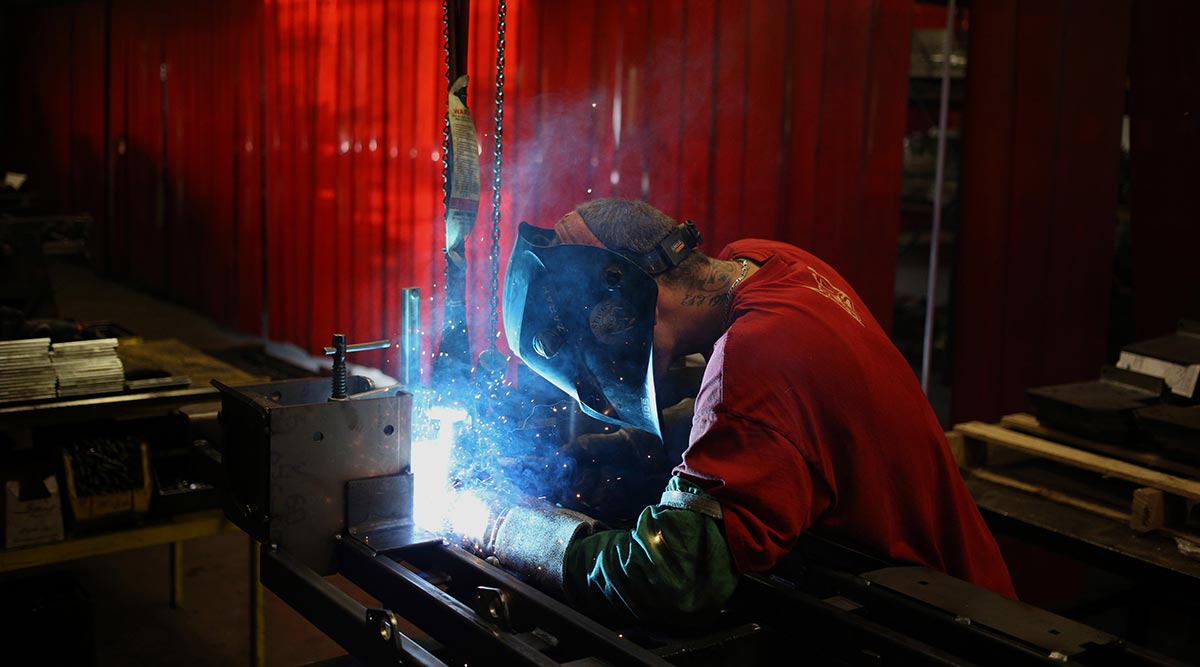Productivity Decreases for Second Straight Quarter

U.S. worker productivity decreased for a second straight quarter, and employer costs for labor climbed by the most in more than a year.
The measure of employee output per hour fell at a 1% annualized rate from January through March after a 1.7% decline in the fourth quarter. The median estimate in a Bloomberg News survey was for a 1.3% retreat. Labor costs jumped 4.1%, more than forecast.
Employers have steadily beefed up headcounts to meet demand even as growth softened the past two quarters. At the same time, they’ve been hesitant to ramp up investments in efficiency-boosting equipment, meaning productivity will likely continue to languish.
“Productivity is pretty weak, there’s no question about that,” said David Sloan, a senior economist at 4cast Inc. in New York. Still, the report “does give a hint that wage pressures are starting to build because of the strong labor market, so that is of significance.”
Estimates for productivity in the Bloomberg survey ranged from no change to a 2.4% decline. The reading for the prior three months was originally reported as a 2.2% decline.
The productivity data showed expenses per worker picked up in the first quarter from a 2.7% rate in the final three months of 2015. These so-called unit labor costs, which are adjusted for efficiency gains, were forecast to climb 3.3%, according to the Bloomberg survey median.
Adjusted for inflation, hourly earnings increased at a 3.4% rate in the first quarter, the most in a year, after rising at a 0.1% pace the previous period.
Output advanced at a 0.4% rate, the weakest in two years, following a 1.5% pace. Total hours worked eased to a 1.5% rate from 3.3% in the fourth quarter, the figures also showed.
Growth slowed to a crawl in the first quarter. The deceleration came as consumers and companies alike reined in their spending amid weak global financial conditions and a plunge in oil prices.
When that environment is combined with the uncertainty accompanying the election season, the much-needed pickup in business investment may remain elusive. That, in turn, doesn’t bode well for workers’ wages as companies strive to protect profits.
“People’s living standards are derived really more than anything else by the rate of productivity,” Stephen Stanley, chief economist at Amherst Pierpont Securities in New York, said before the report. “Over time, if productivity growth is lower, then wage growth should be lower as well.”
Some economists have speculated that a measurement issue may be partly to blame, with incremental progress in productivity difficult to capture. If that’s not the case, however, the productivity slide will limit just how fast the economy can grow without stoking inflation.

